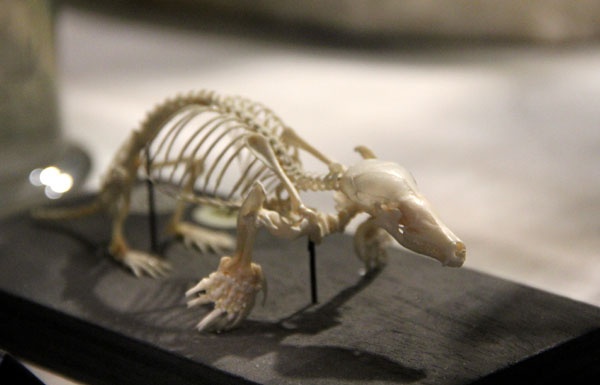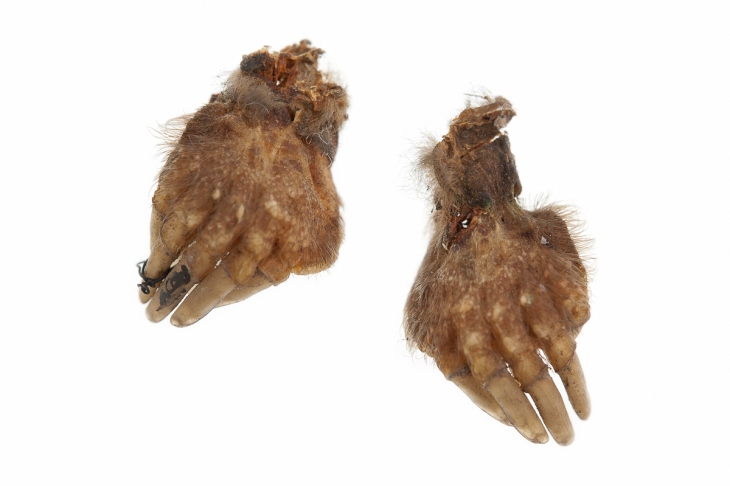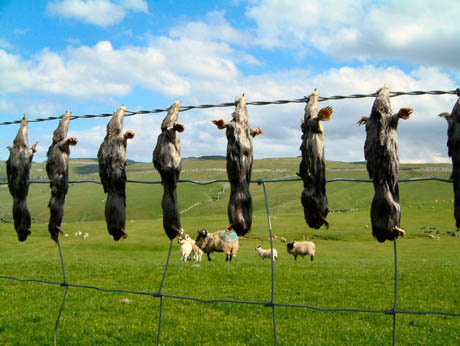
The Fleming valve, also called the Fleming oscillation valve, was a vacuum tube (or “thermionic valve”) invented in 1904 by John Ambrose Fleming (of UCL) as a detector for receivers used in electromagnetic wireless telegraphy. This essentially enabled transatlantic telephone communication and the development of the wireless.
This valve is a German three-electrode valve, created by Telefunken (type EVN 94). The patent for this was provisionally given in 1914 and was fully approved in 1919. . With the development of valves, this technology soon began to be applied during the war, enabling wireless communication between those in the trenches and their commanders.
This is the first listening device created that enabled modern spying. It was placed underground and enabled the listening in on wireless communication. This particular valve was used by the Germans. These valves became increasingly more popular then the traditional methods used, these mainly consisted of messengers and pigeons. Pigeons used to be released through little hatches on the side of the tanks during the World War one.
Coinciding with the development of the listening devise, rose the development of the code (to hide communication from each side) and of the code-breaker.
For more information on communication during World War one, click here from the Western Front Association and click here for papers and further information from the Innovations in Combat Conference.
Americans used native Chactaw speakers to avoid their communication from being intercepted by the German forces as this BBC report explains.
Image courtesy of Teaching and Research Collections and UCL Museums.
 Physical Object available to view at UCL Museums (here in the UCL Science Collection) .
Physical Object available to view at UCL Museums (here in the UCL Science Collection) .
 Digital Object – Online sources.
Digital Object – Online sources.
51.526676
-0.135050
![]() Digital Object – Online sources (for more information: The Reptile Database).
Digital Object – Online sources (for more information: The Reptile Database).














